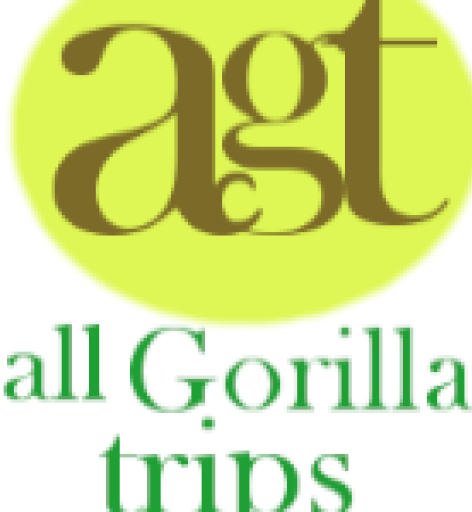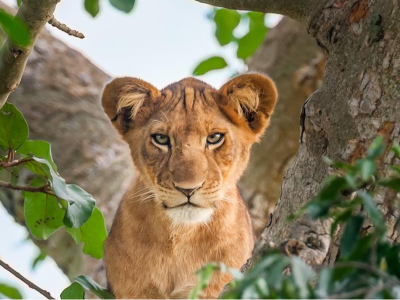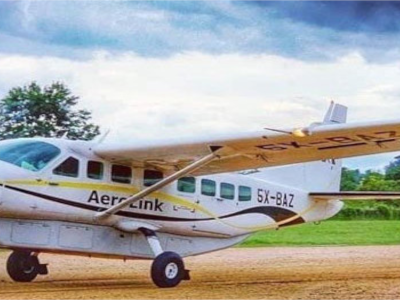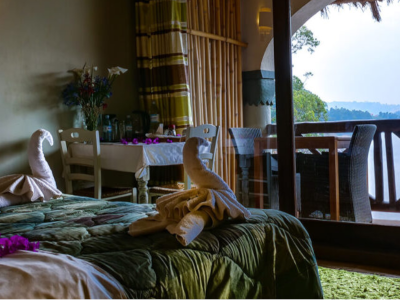Katavi National Park Tanzania Travel
Katavi National Park Tanzania Travel
Katavi National Park Tanzania Travel
Katavi is the safari park for the safari connoisseur. Located next to the Mahale Mountains in Western Tanzania, Katavi is far off the main tourist circuit, receiving a handful of guests a year.
Encompassing 4,471 square kilometres (1,726 square miles), Katavi is Tanzania’s third largest national park as well as one of Tanzania’s least visited. There are no luxury lodges here, just a couple of no-frills serious safari camps where safari is the only talk at the table. The remoteness of Katavi is what attracts its clients, with the added bonus that game viewing can be as wild as you will find anywhere – Katavi is a prehistoric park, a true land of giants. Anyone visiting this absolute gem of a wildlife park will come away knowing that they have just had a near-unbeatable safari experience!
Location
Katavi National Park is located in the far west of Tanzania. It is one of the most wonderful and remote places where we operate safaris.
Wildlife in Katavi
Often booked alongside Mahale Mountains National Park, Katavi offers one of the last truly wild safari experiences left on the continent. Visitors to Katavi will of course see most of what they will spot in other national parks, with lion, elephant, leopard, buffalo and wild dog just a few of the species that are regularly viewed here. However, what sets Katavi apart, are the huge congregations of various species. Herds of buffalo will often number in their thousands and it is not uncommon to come across populations of elephant in their hundreds, something that is becoming increasingly rare anywhere on the African continent. With these huge herds roaming the plains, the feeling of utter wilderness is tangible, virtually prehistoric.
Katavi’s most singular wildlife spectacle is perhaps its hippos. The park contains arguably the biggest herds of these bad-tempered beasts anywhere on the continent, with sightings of hippo becoming better towards the end of the dry season as the seasonal rivers almost completely dry up. This results in increasingly higher numbers of hippos being confined to fewer and fewer water pools, which can result in violent territorial fights between males! This lack of water also affects the large crocodile population in the park, with the crocs often digging shallow caves in the banks of the Katuma River to protect themselves from the heat of the sun. Curiously the hippos and crocodiles rarely clash despite this lack of natural habitat – and it is not uncommon to see several huge 4.5 meter crocodiles lying next to a pod of hippos in harmony.
At the peak of the dry season this park is nothing short of phenomenal, with exceptionally high concentrations of game focusing on the park’s remaining sources of water. It is this awesome density of game as well as the sheer sense of wilderness that makes this park so special. If you want to stay away from the crowds, Katavi is a genuine contender for Africa’s finest game-viewing park. Accommodation options are high end but have an adventurous flair.
What you have to know
The first thing to say is that this park is best suited to safari enthusiasts. Katavi is a mecca for serious Africa-heads – with dinner conversation usually just about Africa! The best camps here are tailored for this kind of clientele – with an atmosphere that’s focused on the safari experience above all else. As a result, the best camps in Katavi are simple yet very high end. Expect them to have excellent guiding, and a real focus on getting out and exploring Katavi itself. This is not a park for opulent luxury – it is a place where the style of camps epitomises the very nature of such a wild location.
With flights costing a minimum of $1,000pp and a recommended stay of three nights or more, Katavi is far from a cheap destination! If you are willing to spend time travelling overland to Katavi, you will need at least two weeks, and to make it financially worthwhile you will need to travel in small groups.
Activities in Katavi National Park
- Game driving
- Walking safari
- Fly camping
- No night safari
Time of year to travel to Katavi National Park
Katavi National Park is a classic dry-season park, with the game getting progressively better towards the end of the dry season. July through to October is regarded as the best time of year to travel, with the highest concentrations of game around the plains and the park’s only water supplies. November through to March sees the game concentrations diminish, but the quality of birding becomes absolutely superb – and you are guaranteed a park completely to yourself!
Unfortunately no accommodations were found.
Unfortunately no tours were found.





